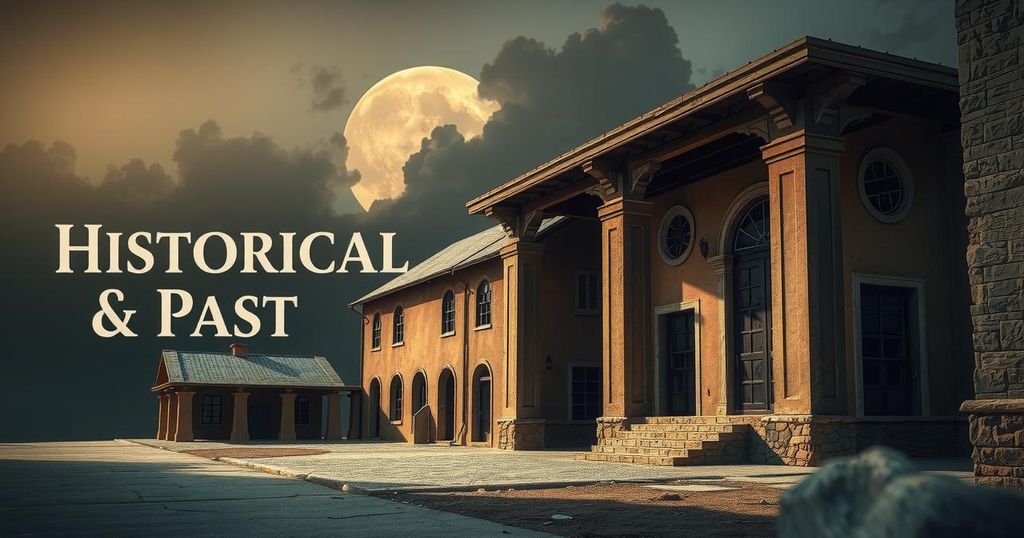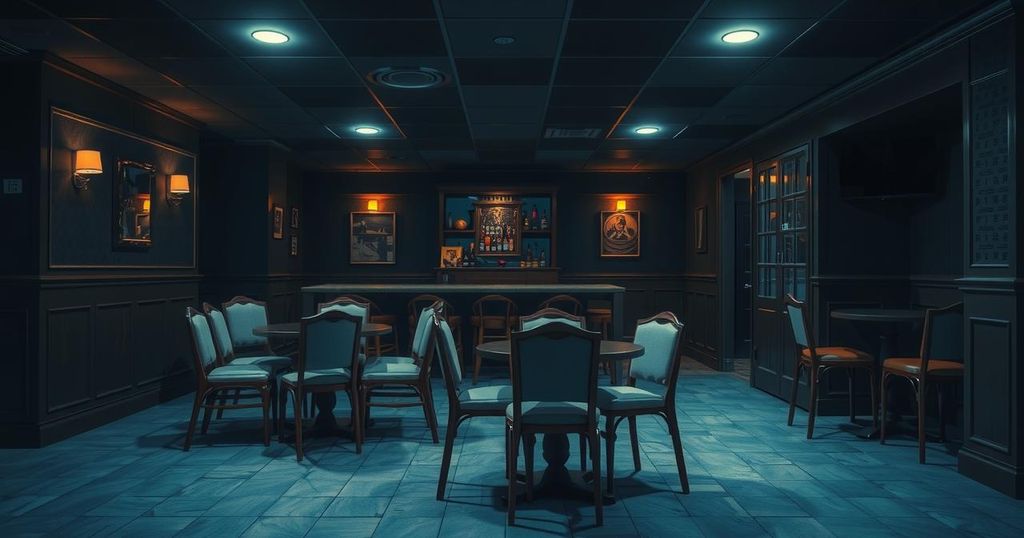Visual Retelling of the Thiaroye Massacre: A French Colonial Atrocity Uncovered
The Thiaroye massacre, where Senegalese soldiers were killed by French troops in 1944, has been recollected through a new visual narrative by photographer Yves Monteil. His book “Fecci Worma” revisits historical contexts and truths behind this tragedy, utilizing diverse sources and modern reconstructions to assert the significance of this colonial atrocity, many details of which are still obscured.
French photographer Yves Monteil discovered the story of the Thiaroye massacre two decades ago while passing a military cemetery in Senegal. He learned that Senegalese soldiers, who had fought for France during World War II, were killed by French troops on December 1, 1944, for demanding unpaid wages. Official reports varied dramatically, with the French government initially claiming only 35 were killed, while estimates suggest over 300 lost their lives.
Inspired by his previous work on policing methods in France and their links to colonial practices, Monteil sought to document the Thiaroye massacre through his photography. This culminated in his book “Fecci Worma,” meaning “High Treason” in Wolof. Over three years, Monteil traveled between France and Senegal to retrace the soldiers’ journey, capturing images in Morlaix where they boarded a ship and at Thiaroye, where the tragedy unfolded.
Monteil employed techniques to recreate the historical context, such as shooting photographs at times that mirrored the original events. He included portraits of descendants, historians, and other individuals who engaged with the massacre’s legacy. Additionally, he utilized infographics and maps to clarify historical intricacies, integrating aerial images with historical maps to depict the geography of the event.
His visual reconstructions have garnered attention from archaeologists; the Senegalese government has announced plans to excavate the site to verify the true number of casualties. Monteil’s research encompasses diverse sources, including public archives, newspaper clippings, and testimonies from various stakeholders.
Collaborating with French historian Armelle Mabon, Monteil aims to illuminate the inconsistencies in the French narrative surrounding the incident. He highlights the challenges in accessing accurate records and the obstructions that persist in revealing the full story of the Thiaroye massacre. Monteil opted for crowdfunding for his project to ensure editorial independence, acknowledging the limited interest from traditional publishers in the subject matter.
The Thiaroye massacre remains a significant yet largely unexamined tragedy of colonial history. Through Yves Monteil’s visual narrative, this grim chapter has been given renewed attention, illustrating not only the atrocities committed against Senegalese soldiers but also the ongoing struggle for historical truth. By integrating personal stories with empirical research, Monteil endeavors to create a comprehensive account that sheds light on the obfuscation of history, advocating for acknowledgment and justice nearly eighty years later.
Original Source: www.rfi.fr




Post Comment